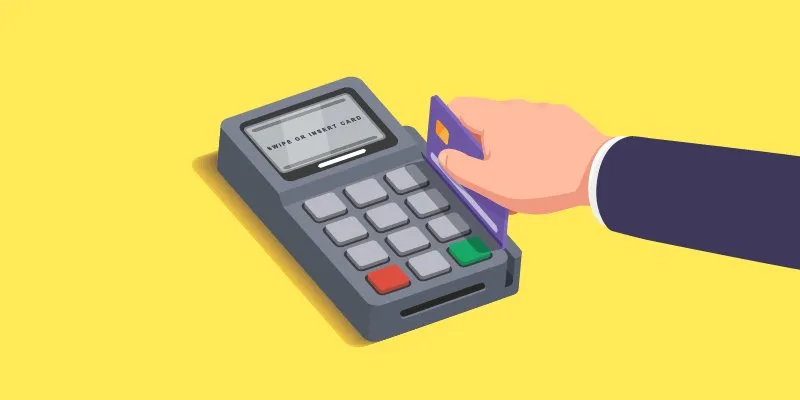Right before IndiaQR's launch, RBI proposes slashing transaction rates further
On Thursday, the Reserve Bank of India (RBI) released a draft circular on the rationalisation of the Merchant Discount Rates (MDR) or transaction rates on debit cards and digital transactions on its website, inviting feedback on the same.
While making the transaction rates cheaper for small merchants, through consultations with various stakeholders, the RBI felt the need to restructure based on a merchant’s turnover rather than the present transaction value-based slab rates.

Earlier rates
In 2012, the RBI had capped (or set) MDR for debit card transactions up to Rs 2,000 at 0.75 percent (of the transaction value) and at 1 percent for all transactions above Rs 2,000.
In December 2016, the RBI had reduced these rates, capping MDR for transaction value up to Rs 1,000 at 0.25 percent and for transaction value above Rs 1,000 up to Rs 2,000 at 0.50 of the transaction value
Timely move?
This seems to be quite a planned move, considering the draft circular comes three days before the government’s launch of IndiaQR, the government-mandated QR code to facilitate digital transactions in shops without card swipe machines.
The circular and newer rates
The present structure categorises merchants as — small merchants (annual turnover of less than Rs 20 lakh); government transactions; a special category of merchants; and all other merchants with an annual turnover of Rs 20 lakh.
As for the circular, following are the current MDR rates suggested by the RBI:
- For small merchants, the MDR for debit transactions on physical PoS machines will not be exceeding more than 0.40 percent and for digital PoS (or QR code) it wouldn’t be exceeding more than 0.30 percent of the transaction value.
- For the special category of merchants, the MDR for debit transactions on physical PoS machines will not be exceeding more than 0.40 percent and for digital PoS (or QR code) it wouldn’t be exceeding more than 0.30 percent of the transaction value.
The RBI identifies utilities such as electricity, water, and municipal taxes as a special merchant category. This doesn’t include telecom. Other special category merchants include educational institutions (excluding coaching classes), government hospitals, agriculture and allied activities, cooperatives, army canteens, state transport and waterways, insurance, mutual funds, and tourist places run by the government.
- For all other categories of merchants with an annual turnover of more than Rs 20 lakh, the MDR for transactions on physical PoS infrastructure is capped at 0.95 percent, while for PoS it is capped at 0.85 percent.
- Transactions involving government transactions will see a flat fee of Rs 5 for debit transaction value up to Rs 1,000. A flat fee of Rs 10 will be charged for transaction values above Rs 1,000 up to Rs 2,000.
MDR is capped at 0.50 percent for transaction value above Rs 2,000 with a maximum cap of Rs 250 per transaction.
According to the draft circular by the RBI, government category merchants include GST, income tax, customs duty, other government taxes, levies and fines; MEA passport fees; visa fees; railways as well as duties and registration charges (property registration, vehicle registration, stamp duty, road tax, and any other municipal taxes).
Further, the RBI stated,
“MDR for debit cards for petrol/fuel shall be decided subsequently after the industry consultation process with Oil Ministry is completed.”
The RBI has also requested comments from all stakeholders by February 28, 2017, with the circular being in effect by April 1.
Just last week the news came out that the government had earmarked close to Rs 200 crore for 2017-18 towards reimbursement of MDR charges on payments of government dues of up to Rs 1 lakh by debit cards, a move to promote digital transactions.







